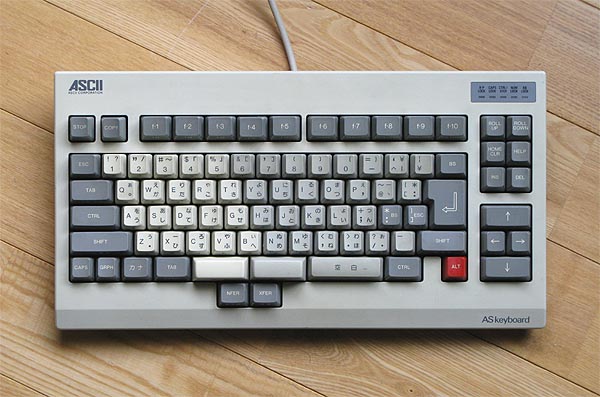The Kinesis Advantage also overloads the thumb keys in the same way as the ErgoDox. Anyone have a similar or different experience with it?
I don’t have any extensive experience typing on a Maltron or a Kinesis Advantage (about 10 minutes with the Maltron, about a day with the Kinesis, vs. a couple weeks full time with the Ergodox), but just from a bit of playing with one, I think the Maltron does rather better than either the Ergodox or the Kinesis Advantage.
My (perhaps unfair) summary goes like this:
(1) Maltron made a keyboard shape optimized for their production process: a hand-wired keyboard in a vacuum-formed plastic case. They have great flexibility when it comes to both 3-dimensional placement and orientation of every key. As a result, they can (at least for a range of average-ish hand sizes) design their keyboard so that as many keys as possible are within very easy reach, and each key is at the best height and angle that their process could manage.
(2) The Kinesis people thought that seemed like a great design, but thought they could produce a copycat for cheaper, by using a curved PCB instead of hand wiring. Because the curved PCB is much more constrained than the vacuum forming process w/r/t position and orientation of switches, they tried to compromise by using keycaps of varying profiles. This is only marginally successful, and overall the keys are not as reachable or easy to press as Maltron keys. Additionally, for my hands at least, the Kinesis seems to have much worse positioning and angling for the thumb keys than the Maltron does. I’m not sure if this is because they screwed up, or because my hands are atypical, or because their position nominally works for a broader range of hand shapes, or what. But anyway, to me it seems like a serious design flaw.
(3) The Ergodox people (Dox & friends) thought the Kinesis seemed like a great design, but thought they could produce a sort-of-copycat for even cheaper, by just using two flat PCBs/plates/cases. The downside of this is that the shape doesn’t fit a hand nearly as well. But potentially mitigating this, the two halves are separate, so they can be independently moved and reoriented to suit someone’s personal preference. Also, programmable firmware is great!
My (perhaps unfair) speculation is that at each copying step, the designers didn’t stop to think about what the optimal shape was given the constraints of human hands and their chosen production technology; instead, they just tried to copy the previous design as closely as possible and adapting it minimally to fit the new constraints. As a result, neither design comes from the same kind of understanding that the Maltron’s original creators had of the design space. [However, in getting a bunch of people who need something better away from standard keyboards, the Kinesis is still a great success. And as an inspirational collaborative hobby-project which gets people building their own keyboards and taking ownership of the whole process, the Ergodox is amazing and wonderful. I love it for that!]
I’m really sad that the DataStealth/Flinder keyboard never made it to production, because it seems like a very solid design from first principles, by about the most serious anatomy/ergonomics expert who has ever tried to design a keyboard from scratch.
http://geekhack.org/index.php?topic=55099.msg1236269#msg1236269Among keyboards before 2014, I think the DataStealth, the Maltron, the μTRON, and the Cherry G80-5000 are the best four examples of ergonomic keyboards (at least, best when it comes to the keyboard shape/layout) that were designed. They have 4 somewhat different philosophies about what makes a good ergonomic keyboard, and end up in 4 substantially different areas of the possible design space, but each is a real masterpiece.
I’m really excited to see projects like ErgoPro and keyboard.io and Axios coming up in 2014; we’re seeing some real innovation again for the first time in >10 years... not just hobby projects, but real products (fingers crossed). Hopefully there is continued experimentation and invention in the next few years!
Edit: I also hope someone starts trying layouts more like this:

Split spacebar + extra thumb keys are great, even on a standard-ish keyboard!